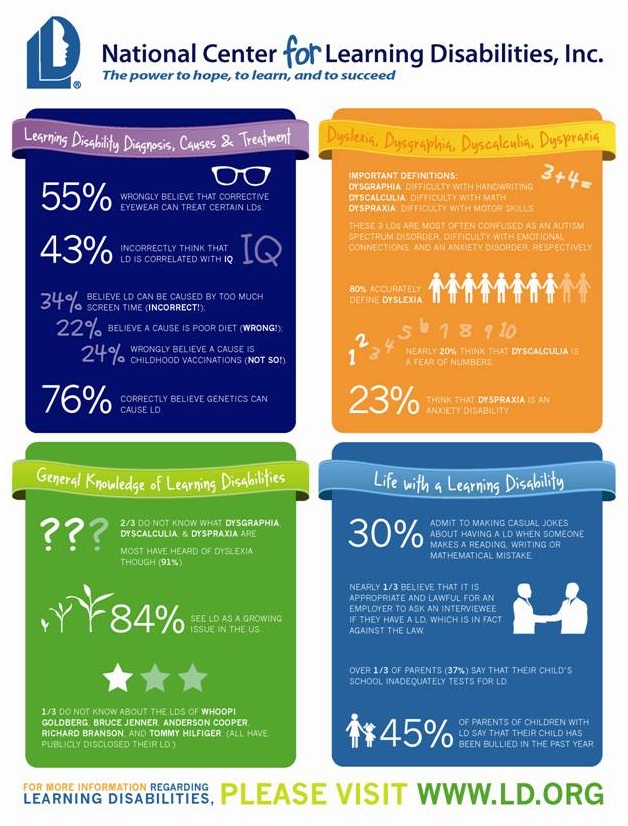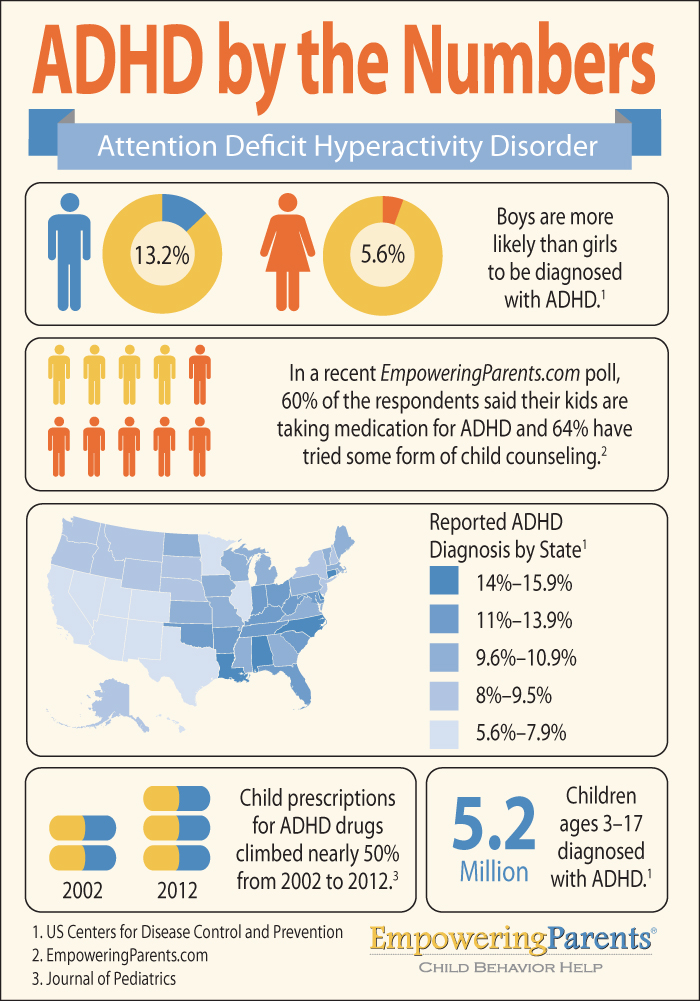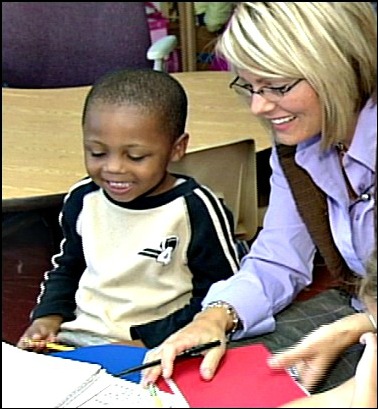New Study Finds How Many Children Affected by Learning Disabilities
It seems that these days a speech pathologist’s caseload is maxed in most institutions, filled with individuals and small groups of children who require expert intervention for communication. Just how exactly are the numbers of children who could benefit from speech therapy trending? A new review article from academics at UCL and Goldsmiths published in Science, provides some answers.
According to the review, upwards of 10 percent of the population are affected by specific learning disabilities (SLDs). In a regular classroom, that amounts to two or three students. Just what is a specific learning disability? According to the American Speech Language Hearing Association, ASHA, a specific learning disability is “a disorder in 1 or more of the basic psychological processes involved in understanding or in using language, spoken or written, which disorder may manifest itself in the imperfect ability to listen, think, speak, read, write, spell, or do mathematical calculations.” It is a result of atypical brain development and researchers continue to determine the complicated genetic and environmental causes. Specific learning disabilities can include an abundance of disorders such as dyslexia, specific language impairment, autism, brain dysfunction or injury and others. It might be diagnosed by using a child’s IQ to determine any discrepancy between performance and abilities.
The article notes that these numbers are not only concerning because they reflect a high number of children, but also because specific language impairments rarely occur alone. In children with ADHD, for example, 33 to 45 per cent also suffer from dyslexia and 11 per cent from dyscalculia in addition. This clearly makes the role of educators and speech language pathologists much more challenging. The provider must be well versed in a variety of disorders and the interaction between them. It also might mean more services for a given individual and less time in a regular education classroom, for example. According to the authors of the review paper, “…SLDs will need specialized support tailored to their unique combination of disabilities.”
Researchers at UCL and Goldsmiths also wanted to shed light on the genetic and environmental underpinnings of these disorders, by summarizing what is currently known about SLD’s neurological and genetic basis to help clarify. They hope that by highlighting what is causing these disabilities to develop, educators and professionals can be trained and informed consistently.
Just how many students might require speech therapy?
According to ASHA, “data indicate that 80% of students identified as having a learning disability have a language disorder.” For all children suspected of having a learning disability, the speech–language pathologist should be consulted for an assessment to evaluate the child’s oral language, written communication, and comprehension. Early identification and intervention is best.





